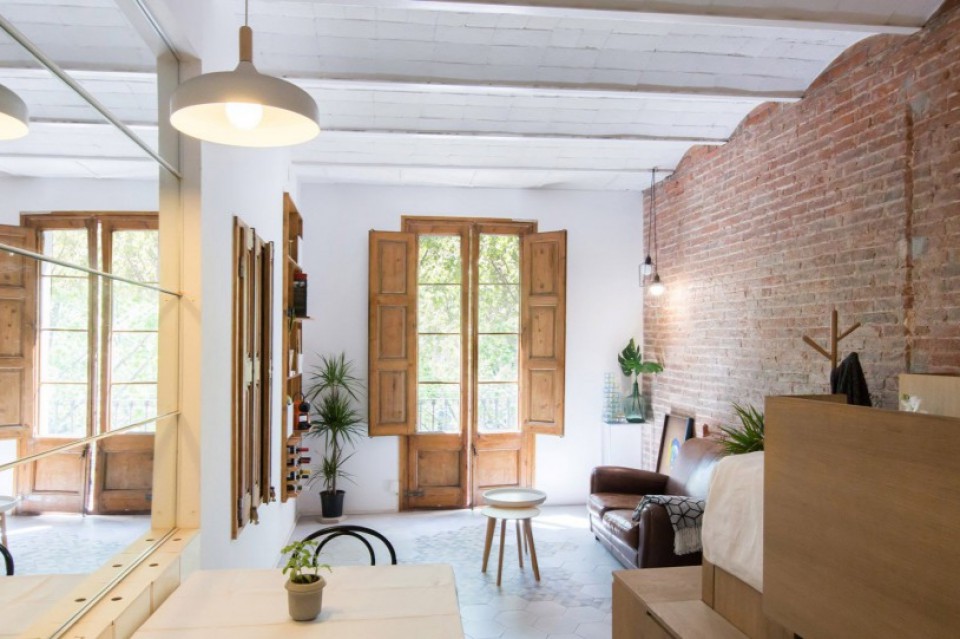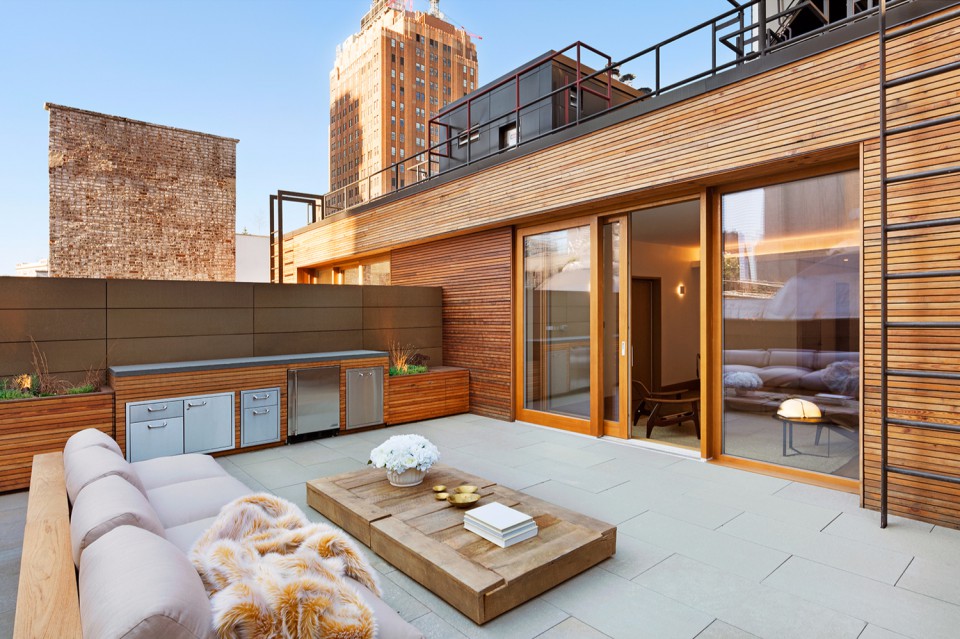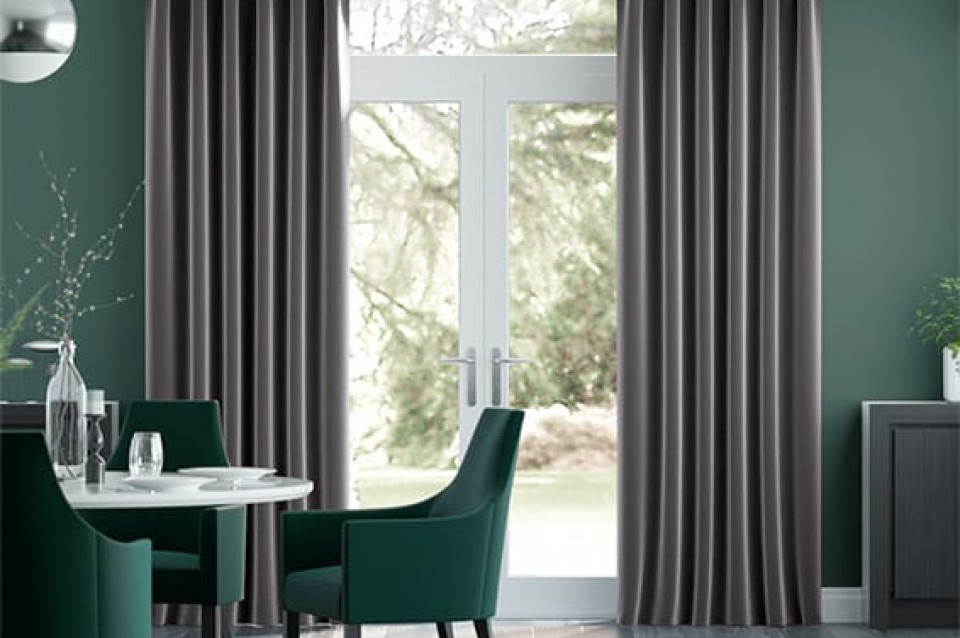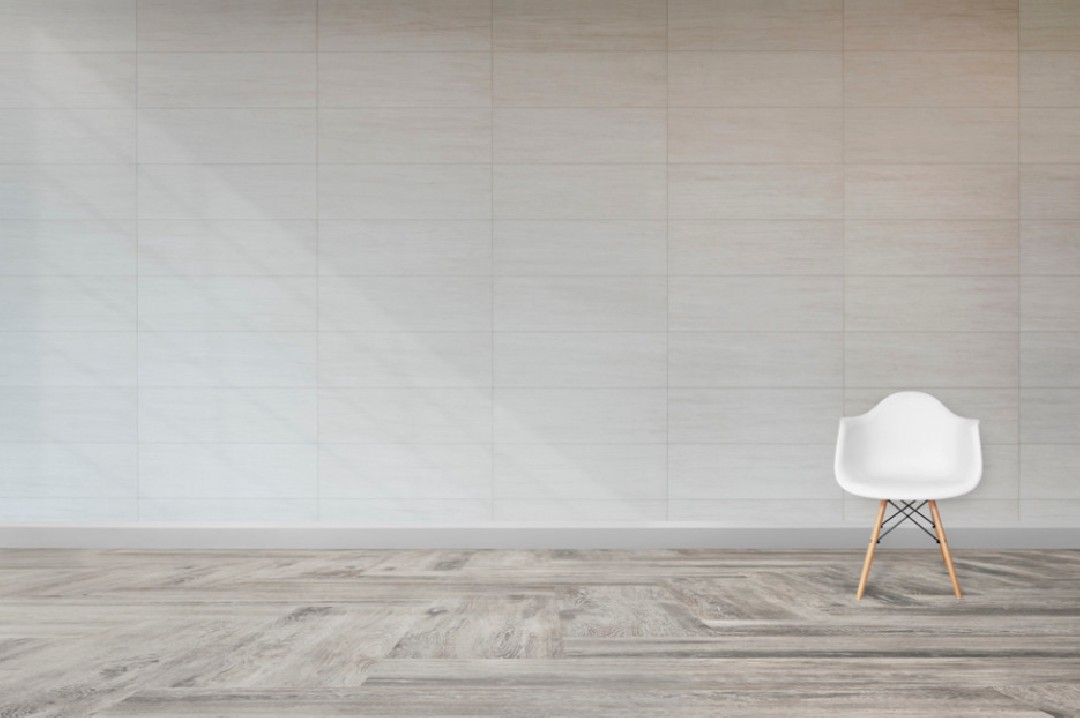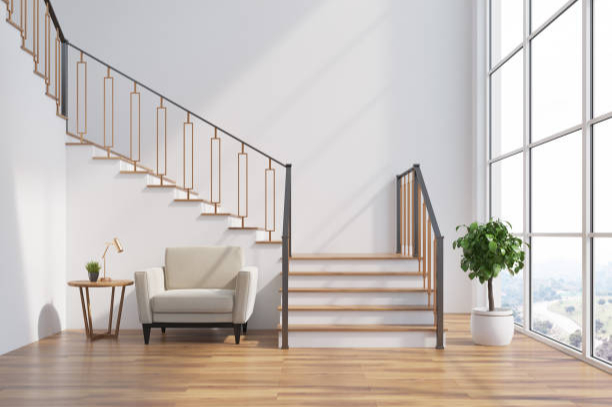Curious Why Homes in Japan Feel Comfortable? Here's What You Need to Know if You Want to Create a Japanese Atmosphere at Home!
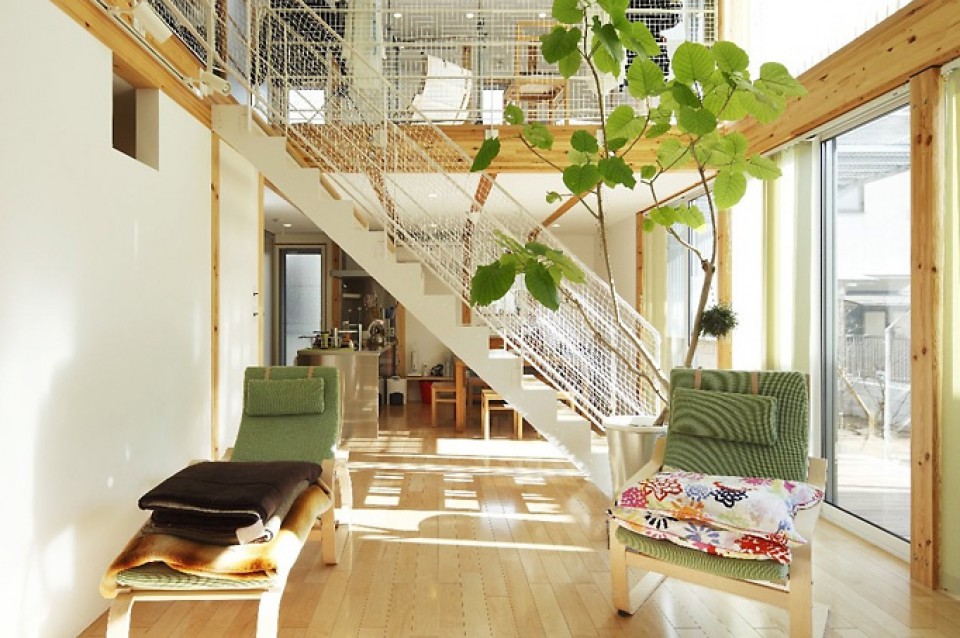
One of the most popular design inspirations for homes is the Japanese-style design. Japanese homes have distinct characteristics that make them a preferred choice for many. Their modest size and minimalist decorations are favored features. The natural and minimalistic aesthetics often incorporated into Japanese design create a comfortable and relaxed atmosphere in the home. Here are some things to know if you want to bring Japanese-style interior into your home.
Bringing Nature into the Home
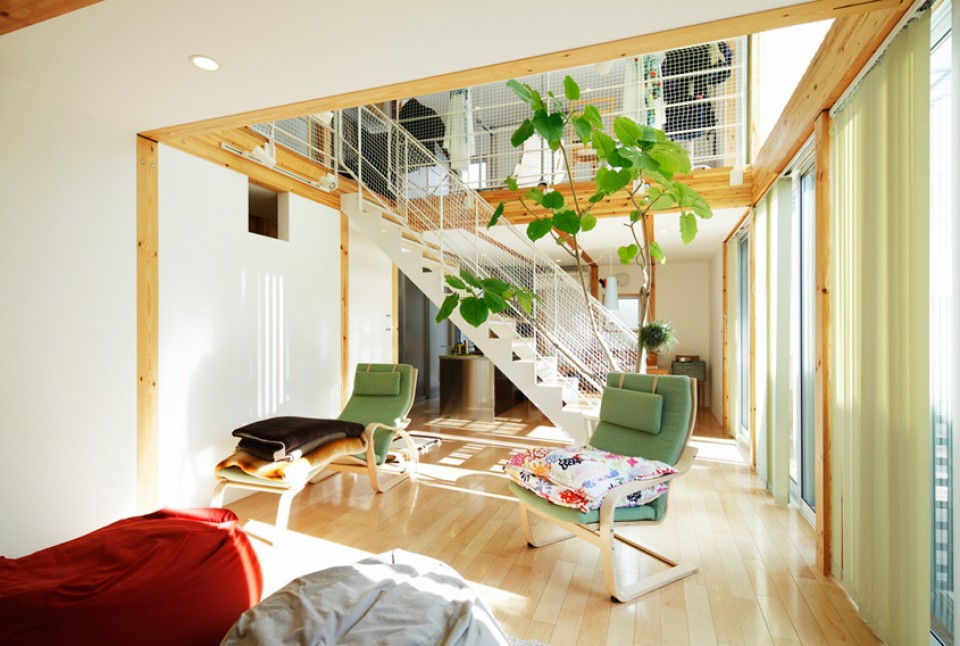
It's no wonder that Japanese-style interior design is incredibly comfortable for its residents. Various natural elements are incorporated into the interior. This includes placing potted plants inside the home. Additionally, providing wide windows allows fresh air and the aroma of the surrounding environment to enter the house. Moreover, the outside scenery can also be seen from inside the house, promoting a calming atmosphere.
The Use of Sliding Doors Inside the Home
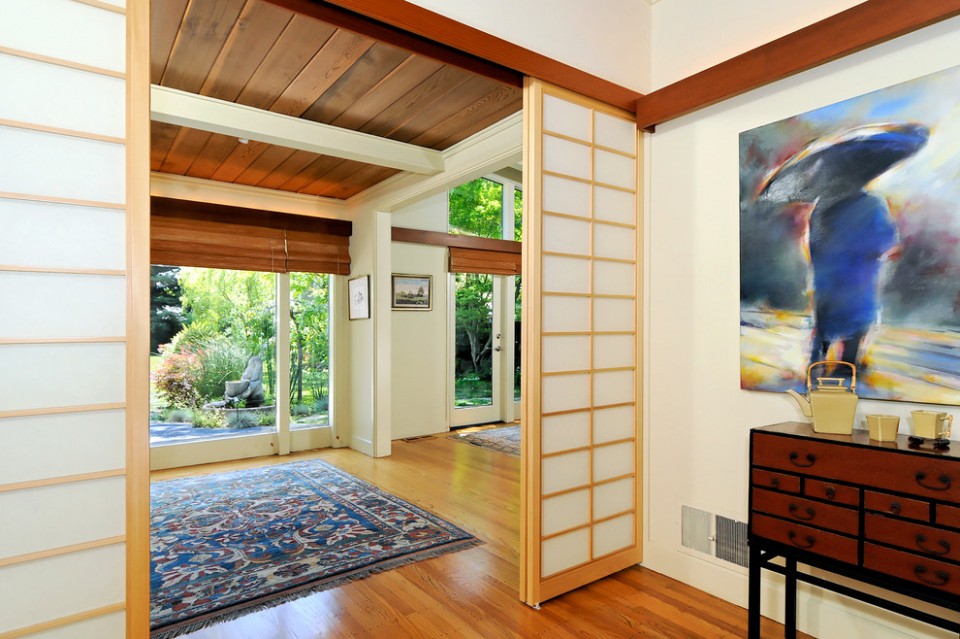
Sliding doors are one of the hallmarks of Japanese design. The use of these doors is not only practical but also space-saving within the home. Japanese-style sliding doors are known for their authenticity, featuring transparent door panels with wooden frames. In the modern era, many of these sliding doors are also made from glass panels. Doors like these allow natural light to enter the room, creating a well-lit interior without the need for artificial lighting.
Use Bamboo and Wood Materials
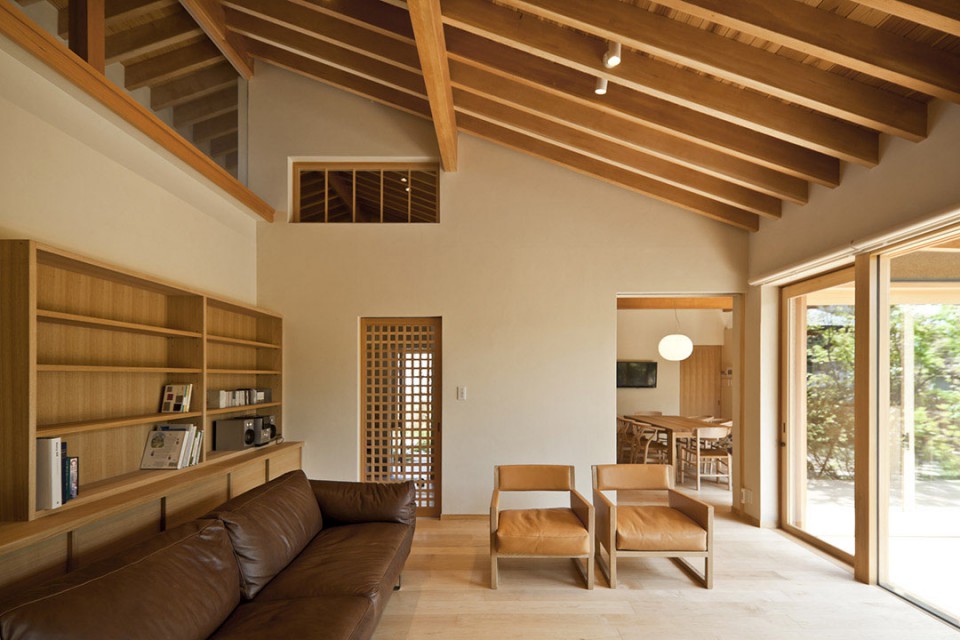
One way to harmonize nature with your home is by incorporating bamboo and wood materials into the interior. From wall designs to doors and other elements within the home, using these materials will create a more natural ambiance. There are various types of wood available, ensuring that your home won't feel monotonous. Combine them with other materials that harmonize well with nature for a balanced design.
Add a "Genkan" to the Entryway
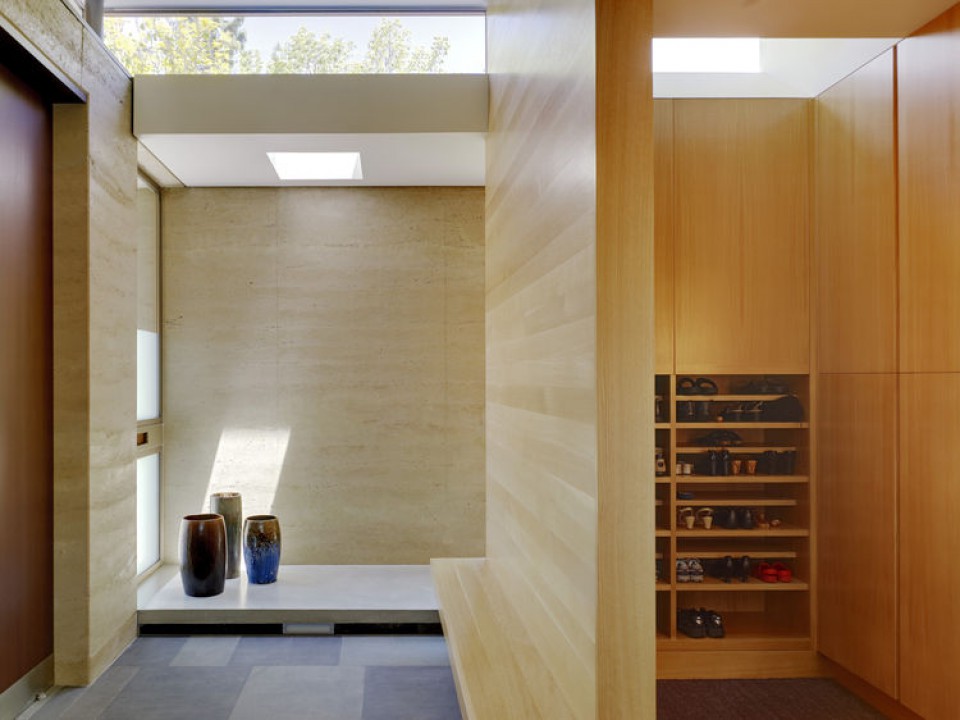
The word "genkan" may sound unfamiliar to us. This Japanese term refers to the entryway of a home, also known as a mudroom. It's not just a hall to enter the house; this area typically includes shelves or racks for placing shoes. This helps keep the entryway tidy and clean. In Japanese-style homes, this area is often slightly lower than the rest of the house, creating a clear boundary with the height difference. Having a genkan in your home can make it feel more comfortable and organized.
The Use of Simple Furniture

If you've ever observed Japanese homes, you've probably noticed that the materials used in their interiors tend to be low and simple, creating a sense of spaciousness. For example, low tables with floor cushions for seating or the use of foldable beds for easy storage in wardrobes when not in use. You don't necessarily have to adopt a full Japanese design, but you can take inspiration by incorporating simple furniture into your home. Pay attention to the use of furniture to achieve the desired sense of space. Reduce ornate furniture and opt for plain, natural, or neutral-colored pieces.
Complete the Bathroom with a Bathtub
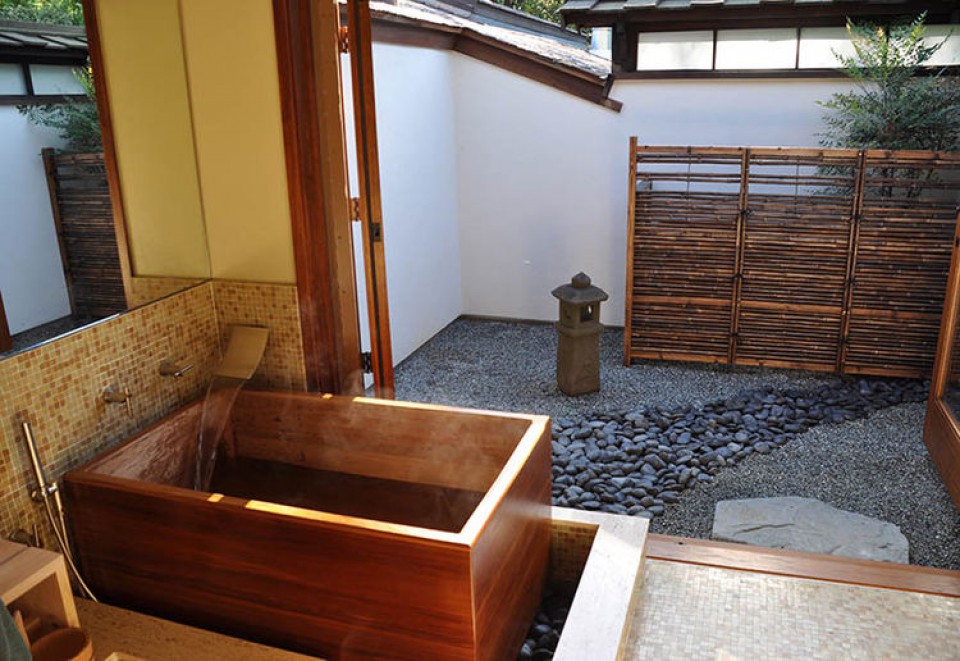
One of the places in the house that can be used for relaxation is the bathroom. This private space is not just for cleansing the body but also for calming the mind. The sound of running water collected in a bathtub can quickly bring a sense of peace. Like plants, the element of water is essential in creating a comfortable Japanese-style home. Having a bathtub in the bathroom is also a significant plus for soothing oneself after a tiring day.
Appropriate Natural and Artificial Lighting

The minimalist look in Japanese home design doesn't just come from the materials and furniture; it also relies on the lighting of the space and the lack of excessive decoration. The placement of lamps and the allowance of natural light during the day should be carefully considered when designing a home. Use shades or covers for hanging lights inside the house to prevent them from being too glaring and to maintain an aesthetic appearance.


